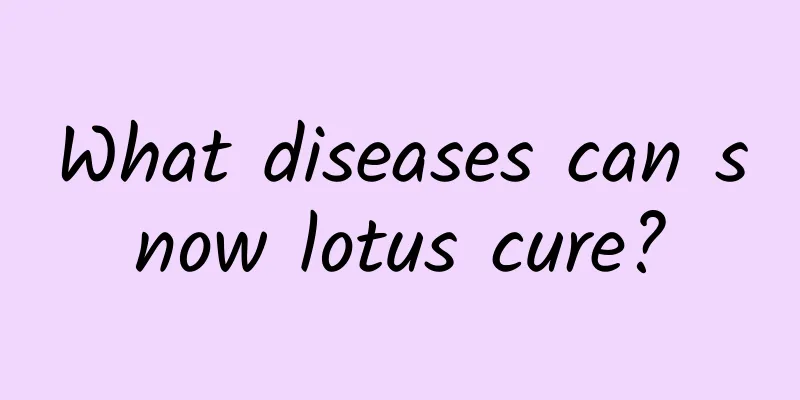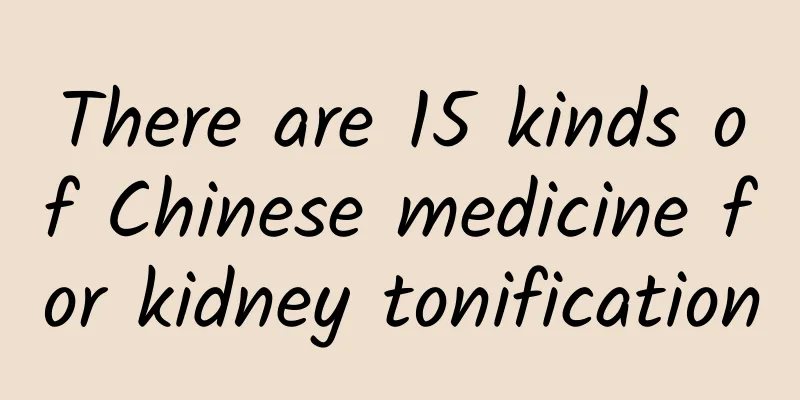Life-saving medicine or harmful poison, what exactly is the red yeast rice that has become a hot topic?

|
Red yeast rice, a fermented product with a long history, is mainly produced by fermentation with microorganisms of the genus Monascus. Its main products are red yeast rice, brewed red yeast rice, red yeast rice wine, red yeast rice pigment, etc. Among them, brewed red yeast rice is made from rice, wheat, wheat and other grains, inoculated with Monascus purpurogenus for fermentation and culture. The product is red solid particles, and is mainly used as a starter for products such as rice wine, vinegar, and fermented bean curd. Red yeast rice is a food additive made from rice using fermentation and culture of Monascus purpurogenum. It is in the form of red granules (or powder made from granules). Monascus red is a food additive produced by using liquid culture medium with rice and soybean as main raw materials, which is fermented in liquid state by Monascus, extracted, concentrated and refined; or it is produced by using red yeast rice as raw material, which is extracted, concentrated and refined. Functional Red Yeast Red yeast rice products contain a variety of pigment ingredients. Depending on the wavelength of the maximum absorbed light, these pigments can appear red, orange and yellow. They can be used to color food and meat products. In addition, red yeast rice products have a variety of health benefits. The active ingredients in red yeast rice include Monacolin K (also known as lovastatin), a substance that lowers blood cholesterol and is beneficial to cardiovascular health. Different strains of Monascus have different abilities to produce pigments and lovastatin. In addition, red yeast rice has a variety of effects such as lowering blood sugar, lowering blood pressure, anti-oxidation, anti-bacteria, and anti-tumor. Monascus products have many benefits, but some Monascus will produce natural toxins that may cause some adverse reactions, such as abnormal liver function, hepatitis, cirrhosis, etc. Therefore, national standards such as the "National Food Safety Standard Food Additives" stipulate the limit standards for fungal toxins such as citrinin in Monascus products. Monascus products that meet the relevant product requirements can be safely consumed and used. Author | Wang Xu (Senior Laboratory Technician, Chinese Society of Microbiology) Audit Expert | Zheng Yu (Professor of School of Bioengineering, Tianjin University of Science and Technology) The pictures are all from the Internet. If there are any copyright issues, please contact us |
>>: Why is the speed of light exactly 299792458 meters per second, neither more nor less?
Recommend
Can Polygonum multiflorum be used to treat hemorrhoids?
Polygonum multiflorum is a relatively common spec...
The efficacy and function of thorny grapes
Only when we understand the main ingredients of a...
The "super cold" of the Sinian Period! Was the Earth "frozen" 700 million years ago?
The coldest period on Earth must be the glacial e...
What will happen if you eat one kiwi fruit every day? Will your skin become better? Will your bowel movements become smoother?
Kiwi is the perfect fruit in many people's mi...
International Day for Biological Diversity丨One million species are facing the threat of extinction, and this reason cannot be ignored
Climate change has always been a global concern, ...
Is it possible to know everyone in the world? Is this theory really so amazing?
Audit expert: Chen Mingxin National Level 2 Psych...
Can Fritillaria be soaked in water and drunk?
Fritillaria cirrhosa is a common food with Chines...
The efficacy and function of lead frost
Lead frost is a traditional Chinese medicine. The...
The efficacy and function of white mulberry
As a traditional Chinese medicine, Bletilla stria...
What is saffron medicinal food?
Saffron is a common Chinese medicinal material fo...
The efficacy and function of cat head
Cat's head is something that many people are ...
What are the effects of the Chinese herbal medicine Rhodiola rosea?
Traditional Chinese medicine has been popular in ...
Appointment with the Starry Sky丨Look! The "Chinese Star" is shining in the sky
(This article is reproduced from Xinhua News Agen...
The first pig kidney transplant to a human being is a big step forward in xenotransplantation
Recently, a major breakthrough has been made in x...
Do you take anti-inflammatory drugs when you have a cold? Can vitamin C and ginger tea cure colds? Let me tell you the answer today!
Experts in this article: Shi Jun, Shichahai Commu...









